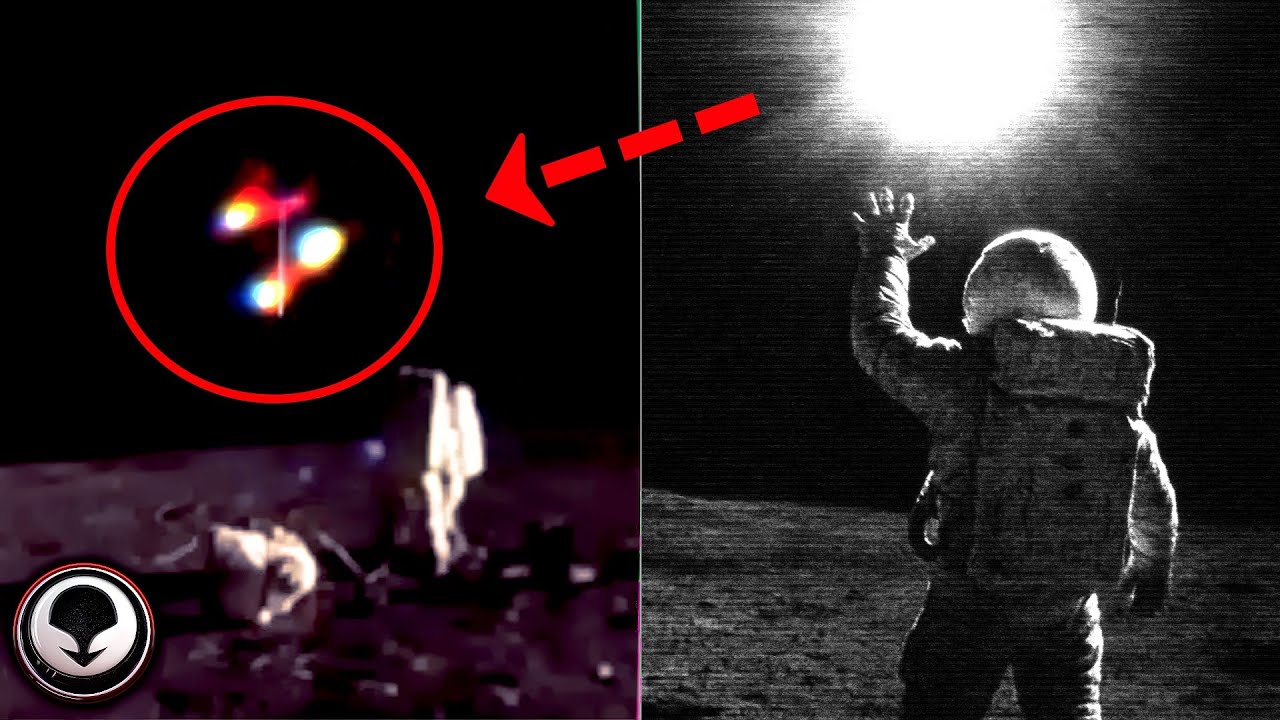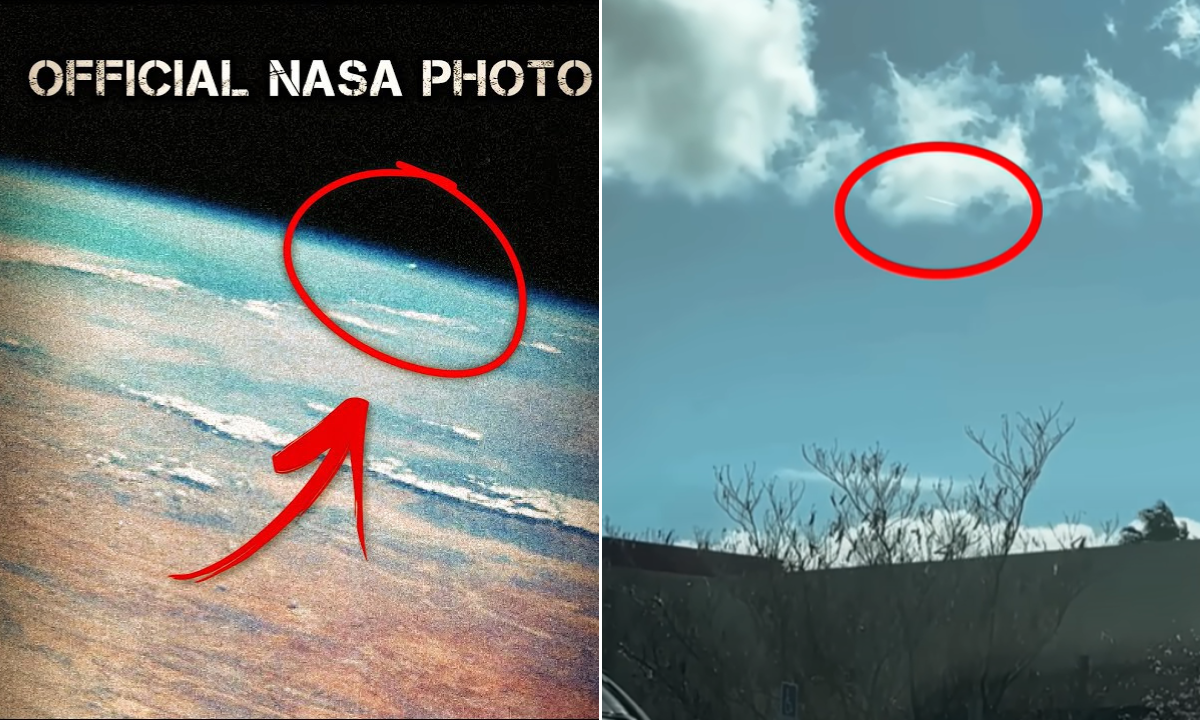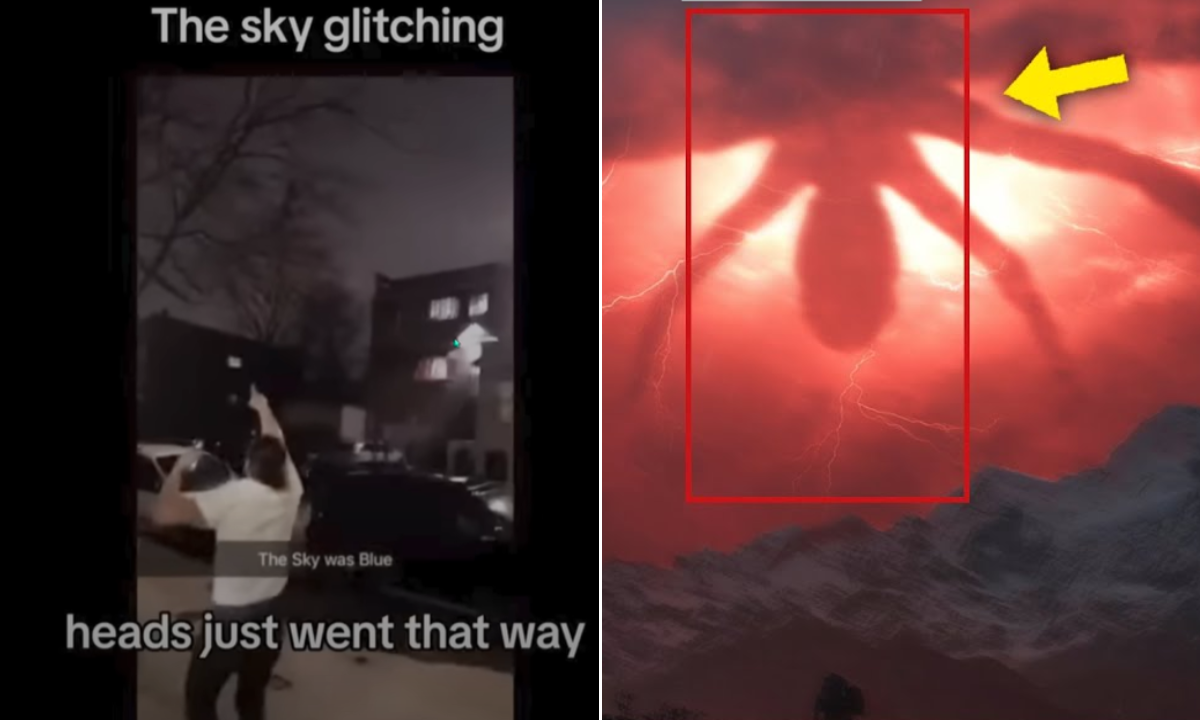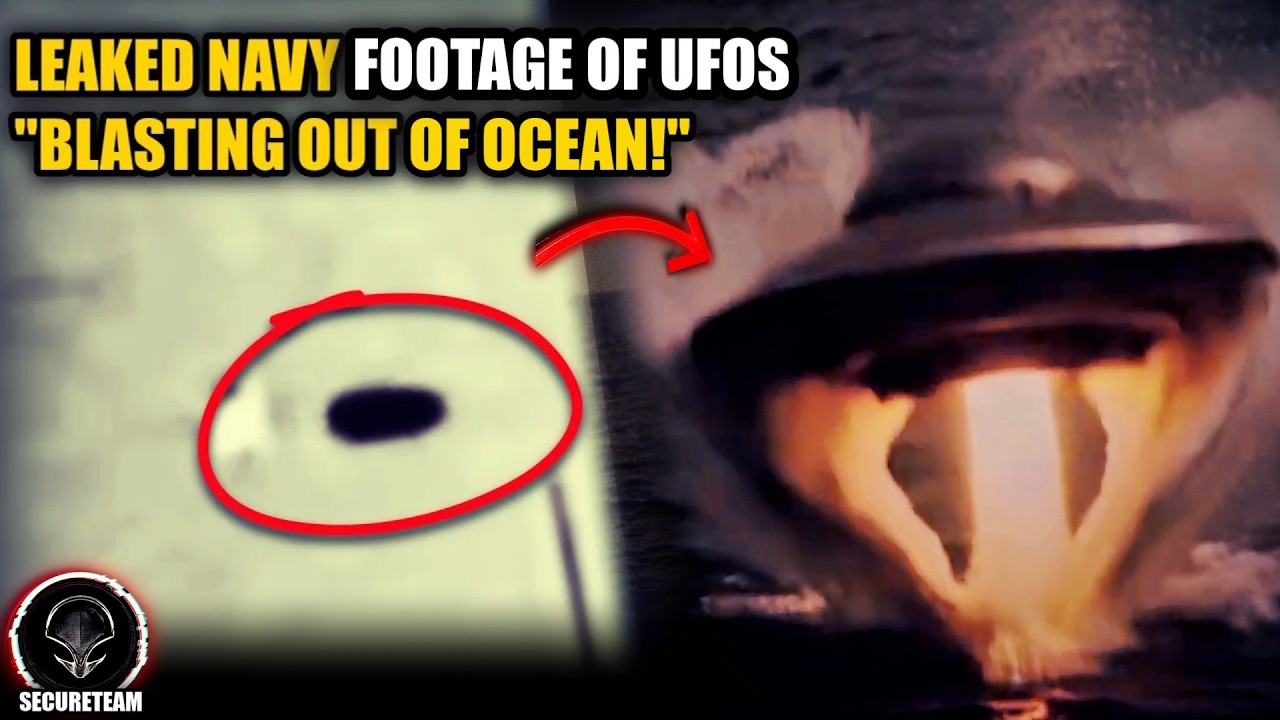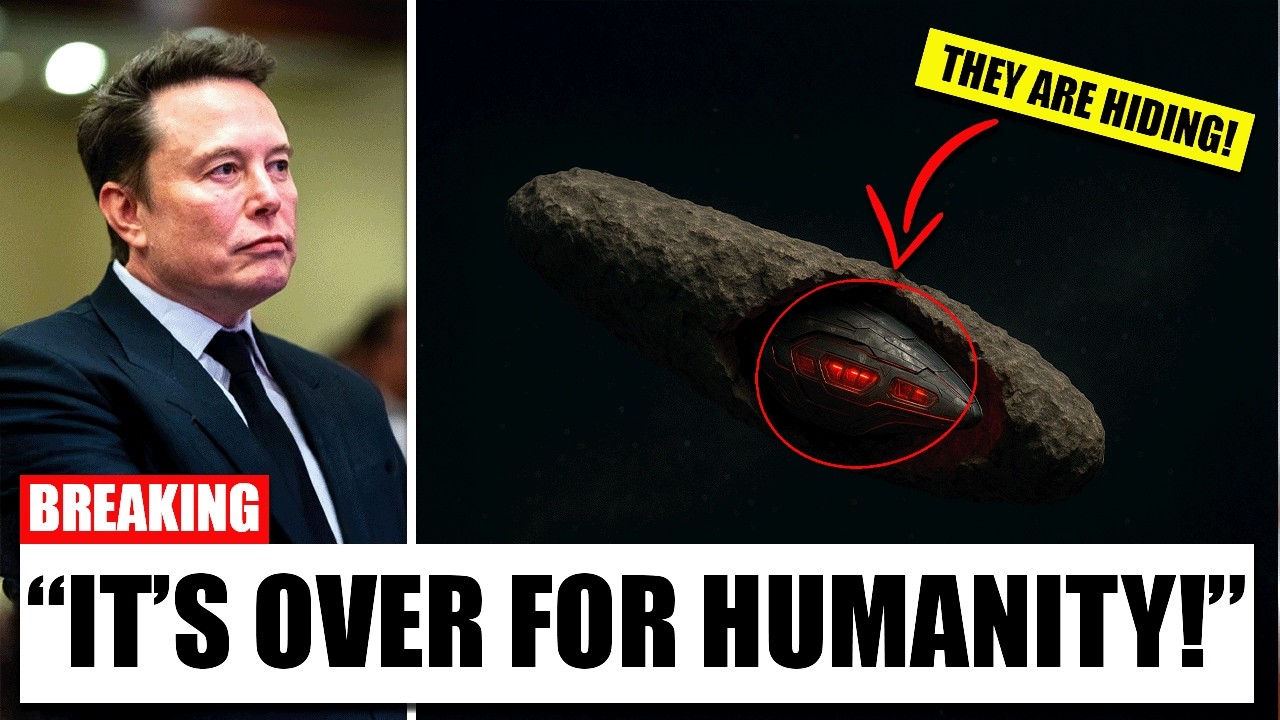N.A.S.A is gearing up for an unprecedented mission to intercept Comet ThreeI Atlas, the fastest comet ever recorded, as it hurtles through our solar system at a staggering speed of 58 kilometers per second. Discovered on July 1, 2025, by the ATLAS telescope in Chile, this interstellar visitor is set to make its closest approach to the Sun on October 29, 2025, presenting a once-in-a-lifetime opportunity for scientists to study materials from beyond our solar system.

ThreeI Atlas, measuring approximately 7 miles in diameter, is the largest interstellar object observed to date. Its unique composition, including water, ice, and silicate minerals, offers a tantalizing glimpse into the building blocks of planetary systems. As it nears the Sun, the comet’s coma will expand, becoming increasingly active and visible, making it an ideal target for study.
However, the challenge of intercepting this cosmic traveler is monumental. A recent study from Michigan State University reveals that launching a spacecraft from Earth would require an extraordinary velocity boost of 24 km/s, akin to the energy used by N.A.S.A’s Dawn spacecraft. This daunting requirement poses significant engineering challenges and a tight timeline for mission development. Conversely, launching from Mars presents a more feasible option, needing only a modest velocity change of 5 km/s, which is achievable with current technology. This makes Mars a prime candidate for a potential launch pad as the comet approaches.
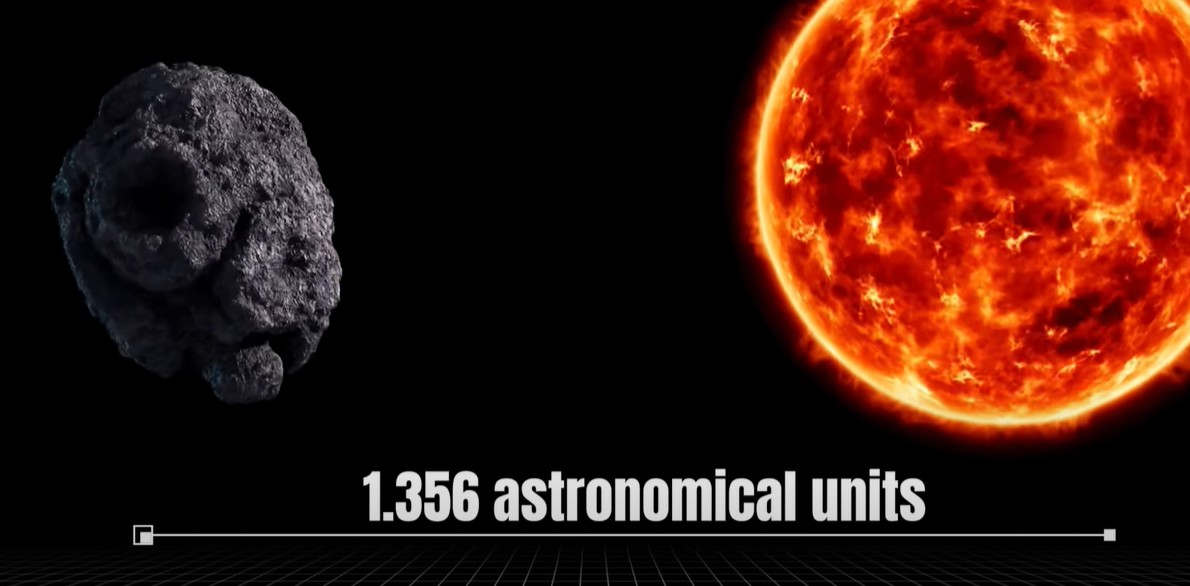
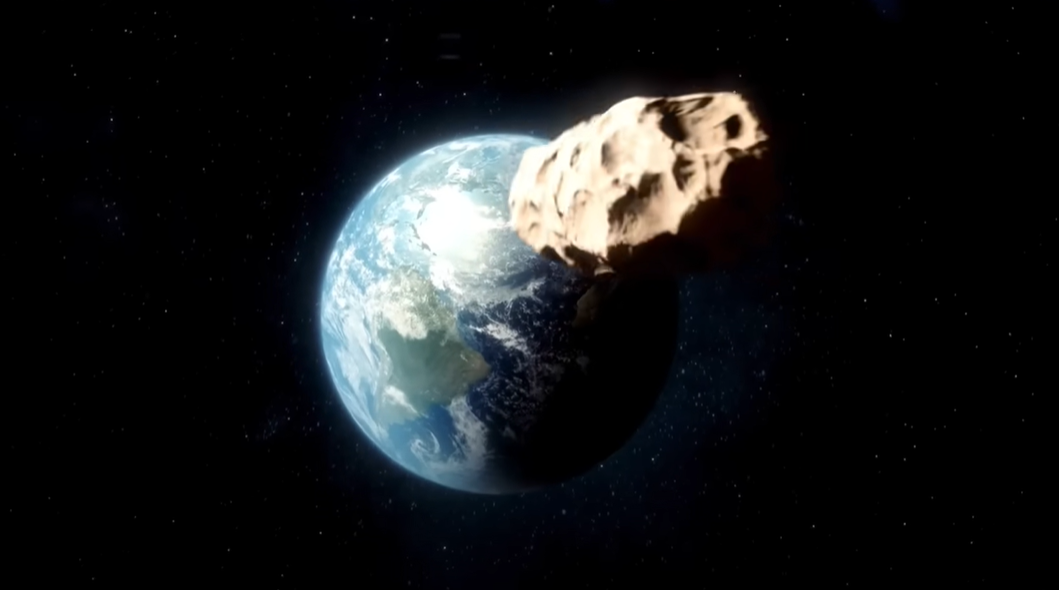
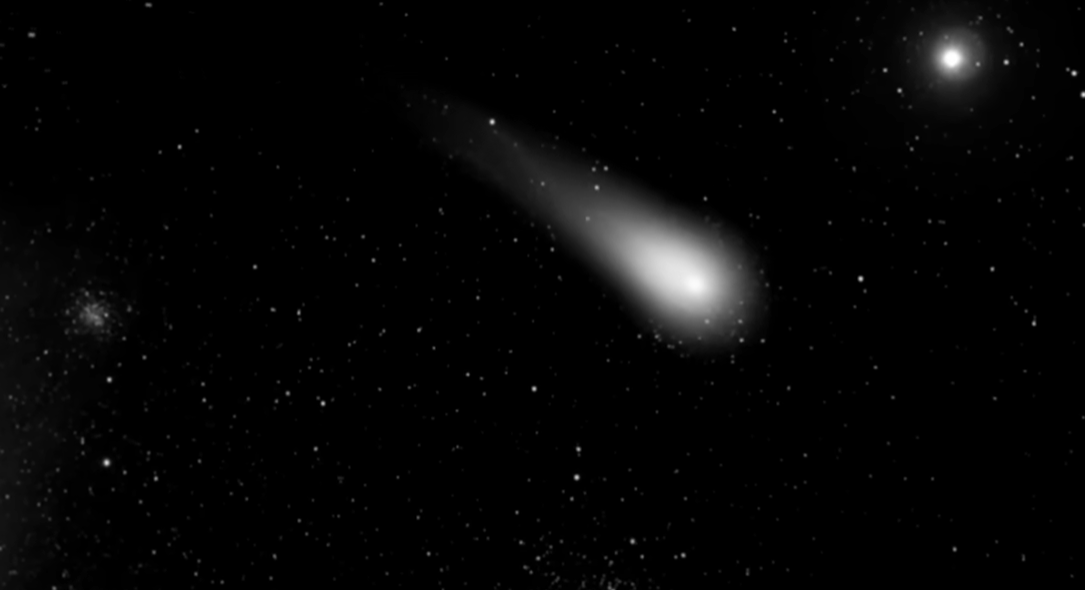

Timing is critical; missing the launch window could render the mission impossible. The urgency to detect interstellar objects early cannot be overstated. If successful, a spacecraft flyby could unlock secrets about the origins of our solar system and beyond. For instance, scientists would gain unprecedented access to analyze the comet’s isotopic and elemental composition up close, revealing valuable insights into its origins and potential connections to life’s building blocks.
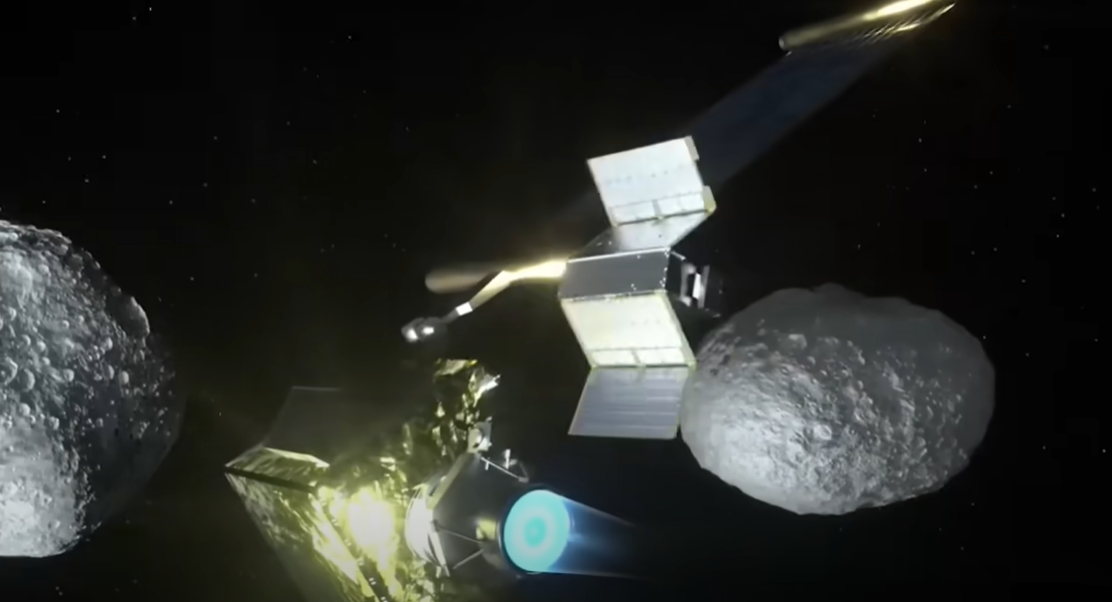
The implications of studying ThreeI Atlas extend far beyond mere curiosity. Understanding its composition could shed light on how organic molecules, essential for life, may have been delivered to early Earth. This mission could redefine our understanding of the role comets play in the development of life across the universe.
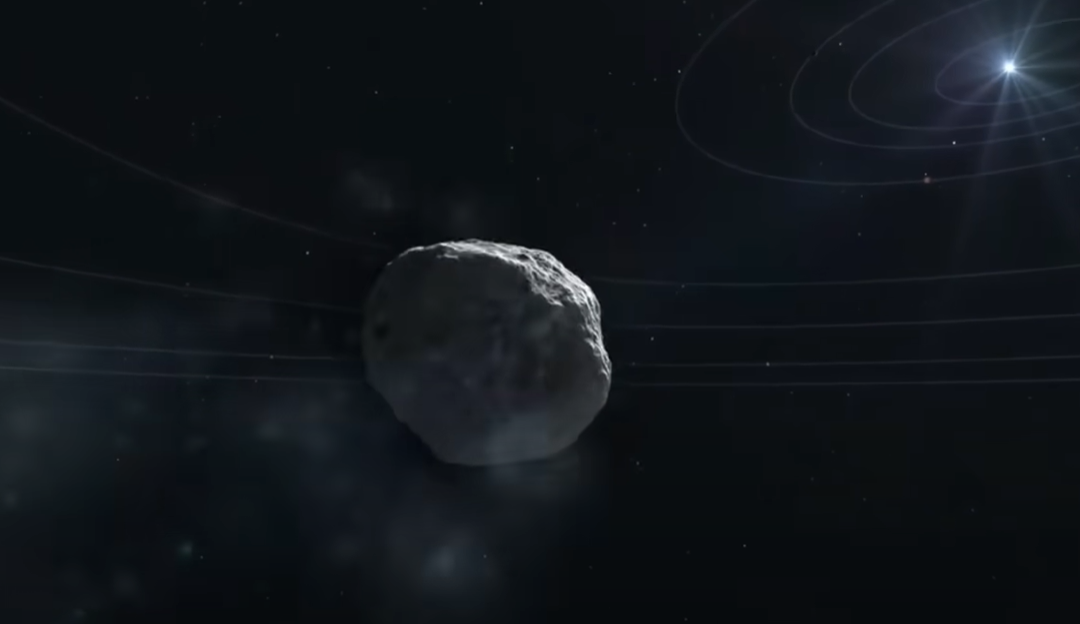
As the countdown to the comet’s perihelion begins, the scientific community is abuzz with excitement and urgency. The race is on to design and launch a mission that could reshape our understanding of planetary systems and the potential for life beyond our own. The stakes are high, and the time to act is now. N.A.S.A is poised on the brink of a groundbreaking discovery, and the world will be watching closely as we aim to catch a glimpse of the cosmos’ secrets hidden within Comet ThreeI Atlas.
